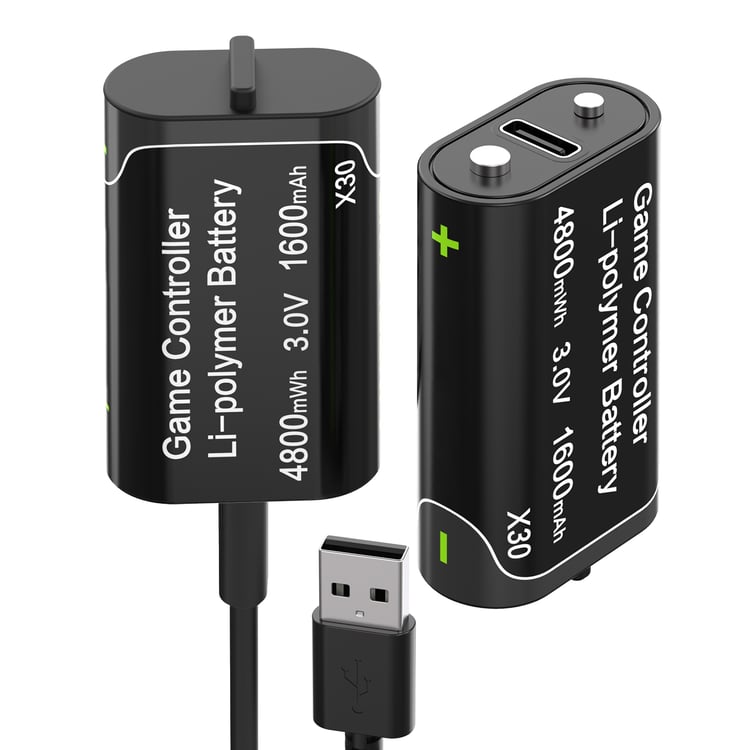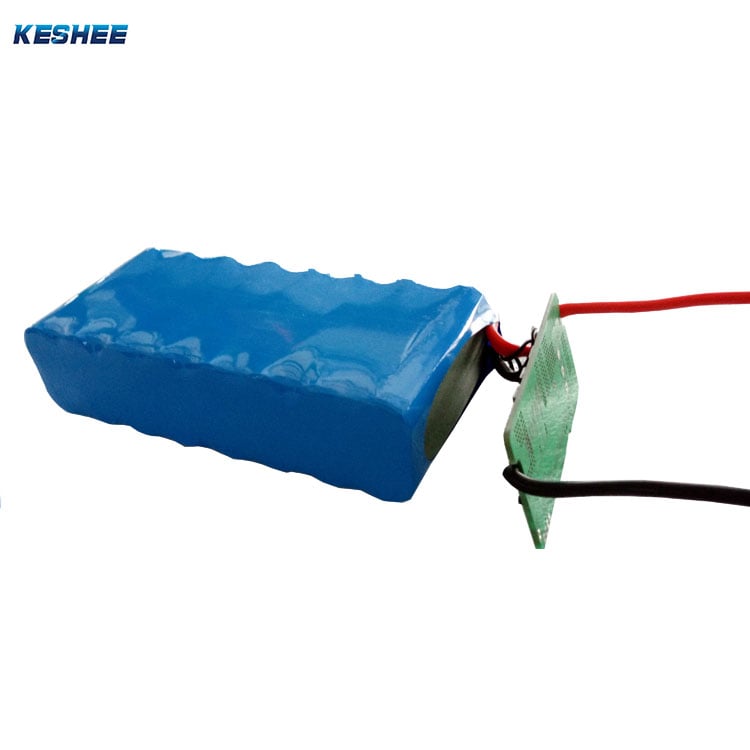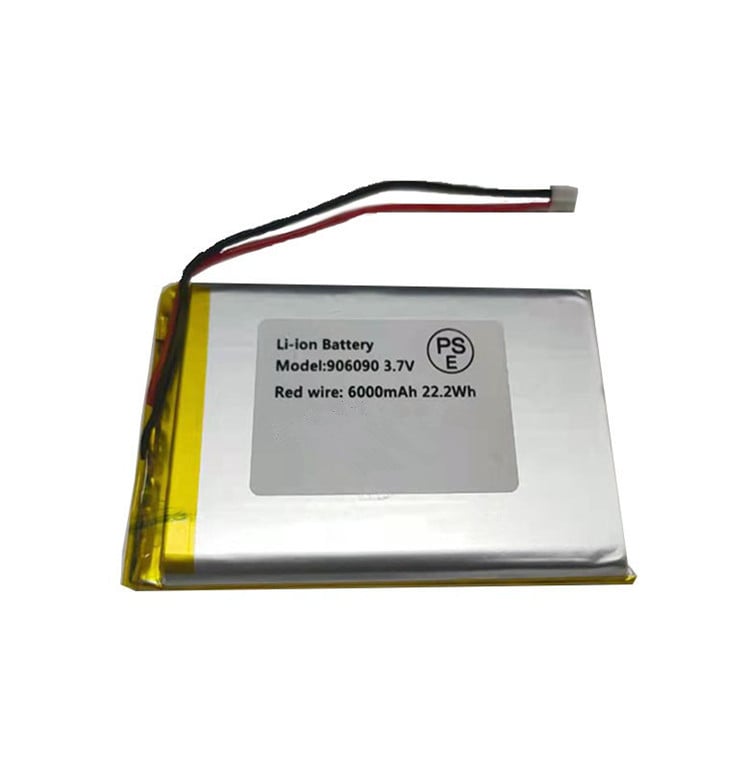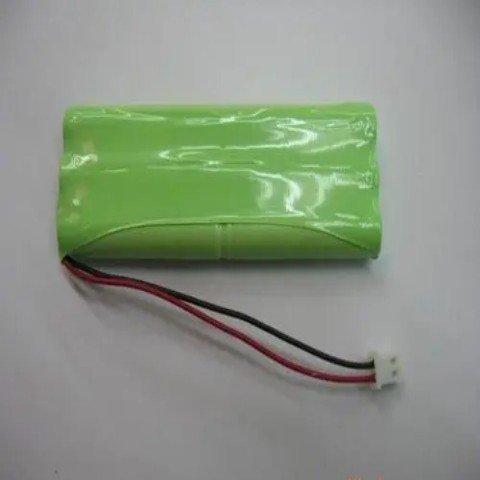USB rechargeable batteries are revolutionizing the way we power our lives. These versatile and convenient power sources are becoming increasingly popular, as they offer a simple, cost-effective way to keep your devices running. Not only are they convenient and easy to use, but they also offer a variety of benefits that can make your life easier. In this blog post, we'll discuss the benefits of USB rechargeable batteries, how they work, the different types of USB rechargeable batteries and the advantages and disadvantages of using them as well as how you can use them to power your life. We'll also explore some of the best options available on the market today. With this information in hand, you'll be able to make an informed decision about which USB rechargeable battery is right for you.

What is A USB Rechargeable Battery and How Does It Work
USB rechargeable batteries, also known as power banks, are a convenient and efficient way to power your devices on the go. These batteries use USB technology to charge devices quickly and easily. They come in a variety of sizes, shapes, and capacities so you can find the perfect one for your needs. With their portability and long-lasting charge, USB rechargeable batteries are becoming increasingly popular for powering everything from phones to laptops.
A USB rechargeable battery is a type of battery that can be recharged using a USB port. It is composed of a lithium-ion cell and an integrated circuit board that controls the charging process. The USB rechargeable battery works by taking in energy from the USB port and converting it into electrical energy. This electrical energy is then stored in the battery for later use. The integrated circuit board also monitors the charging process to ensure that it does not overcharge or undercharge the battery, which could damage it. By using a USB rechargeable battery, you can save money on buying new batteries as well as reduce waste by reusing your existing ones.
What are the Different Types of USB Rechargeable Batteries Available in the Market
USB rechargeable batteries are becoming increasingly popular due to their convenience and portability. They are a great alternative to traditional AA or AAA batteries, as they can be recharged using any USB port. There are many different types of USB rechargeable batteries available in the market, including lithium-ion, nickel-cadmium, lithium-polymer and nickel-metal hydride. Each type has its own advantages and disadvantages when it comes to capacity, charging time and cost. In this article we will discuss the different types of USB rechargeable batteries available in the market and their respective use cases.
Lithium-ion Rechargeable Batteries

Lithium-ion rechargeable batteries are a type of battery that has become increasingly popular in recent years. They offer many advantages over other types of batteries such as higher energy density, longer lifespans, lower cost, faster charging times and wide range of use cases, which make them the preferred choice for many applications. However, there are also some disadvantages associated with them that should be taken into consideration before making a purchase. These batteries are used in a wide range of applications, from powering small electronic devices such as smartphones and laptops to large industrial machines.
These batteries can be used in one, two or three cell configurations depending on the application. They have a high energy density which makes them suitable for powering small electronics such as smartphones and tablets. Lithium-ion rechargeable batteries also have a long life cycle which means they can be recharged multiple times without losing their charge capacity.
The use cases of lithium-ion rechargeable batteries are vast and varied, ranging from powering medical devices to providing energy storage solutions for renewable energy sources. As technology advances, lithium-ion rechargeable batteries will continue to play an important role in our lives due to their high performance and cost efficiency.
Nickel-cadmium Rechargeable Batteries
Nickel-cadmium rechargeable batteries are a popular choice for many applications, from powering household items to medical devices. They offer several advantages over other types of batteries, such as high energy density, long life cycle and good performance at low temperatures. Furthermore, they have a relatively low cost and can be recharged multiple times without losing capacity.
However, nickel-cadmium rechargeable batteries also have some disadvantages. For example, their charging time is longer than that of other types of batteries and their related capacity is lower than some alternatives. Additionally, they contain toxic materials which can be harmful if not disposed of properly.
Despite these drawbacks, nickel-cadmium rechargeable batteries are still widely used in many industries due to their benefits in terms of cost and performance. Some common use cases include portable electronics like laptops and cell phones as well as medical devices such as pacemakers and hearing aids.
Lithium-polymer Rechargeable Batteries

Lithium-polymer rechargeable batteries are a type of rechargeable battery that has been gaining popularity in recent years. They offer advantages such as higher energy density, lighter weight, and better performance than traditional lead-acid or nickel-cadmium batteries. They also have the ability to be recharged multiple times without significant loss of capacity and can hold a charge for longer periods of time than other types of batteries. However, they do have some disadvantages such as higher cost and longer charging time compared to other types of batteries.
In terms of capacity, lithium-polymer rechargeable batteries can hold up to three times more energy than traditional alkaline or NiCd batteries. They also charge much faster, allowing users to get back to work quickly after a power outage. Finally, they are much more affordable than other types of rechargeable batteries.
These benefits make lithium-polymer rechargeable batteries ideal for use in a number of applications such as laptop computers, digital cameras, smartphones and tablets. They can also be used in electric vehicles or as backup power sources in case of emergencies. With their high capacity and fast charging time, lithium-polymer rechargeable batteries are becoming the go-to choice for many consumers looking for reliable and efficient power sources.
Nickel-metal hydride Rechargeable Batteries

Nickel-metal hydride (NiMH) rechargeable batteries are a popular choice for battery-powered devices. They offer many advantages over traditional batteries, such as higher capacity, faster charging times, and lower costs. These benefits make NiMH batteries an ideal choice for a variety of use cases, from powering small electronics to large industrial applications.
In terms of capacity, NiMH rechargeable batteries can store up to three times more energy than traditional alkaline or lithium-ion batteries. This means that they can power devices for longer periods of time without needing to be recharged. Additionally, NiMH rechargeable batteries typically charge faster than their counterparts and often at a lower cost per battery.
These advantages make NiMH rechargeable batteries an attractive option for many different use cases. They are commonly used in consumer electronics such as phones and tablets, as well as in industrial applications like robotics and medical equipment. Nickel-Metal Hydride (NiMH) rechargeable batteries are quickly becoming the go-to choice for many due to their high capacity and fast charging times. They are also known to last longer than other types of rechargeable batteries, making them a reliable and cost-effective option for powering all kinds of electronics.
Benefits of Using a USB Rechargeable Battery
USB rechargeable batteries are becoming increasingly popular due to their convenience and efficiency. They offer a number of benefits that make them an ideal choice for powering devices in everyday life. By using this type of battery, you can save money on buying new batteries every time they run out. Additionally, you can avoid the hassle of having to carry multiple spare batteries with you and always have them ready when needed.
Furthermore, USB rechargeable batteries are more environmentally friendly than disposable ones as they don’t require additional resources to be produced each time. They also last longer than traditional batteries and offer more convenience due to their portability and ability to be recharged quickly and easily. USB rechargeable batteries are more environmentally friendly than traditional disposable batteries since they can be recharged and reused multiple times. With all these advantages, it's easy to see why USB rechargeable batteries are becoming an essential part of our lives. All these benefits make USB rechargeable batteries an ideal choice for those looking for a reliable power source on the go.
How They Can Power Your Life
USB Rechargeable Batteries are a great way to power your life. They are convenient, eco-friendly, and can be used to power a variety of devices. USB rechargeable batteries are becoming more popular as they are increasingly being used in everyday items such as smartphones, tablets, laptops, and even some cars. They provide a reliable source of energy that can be easily recharged with any USB port. With the right USB rechargeable battery, you can make sure your devices stay powered up for longer periods of time without having to worry about running out of juice.
